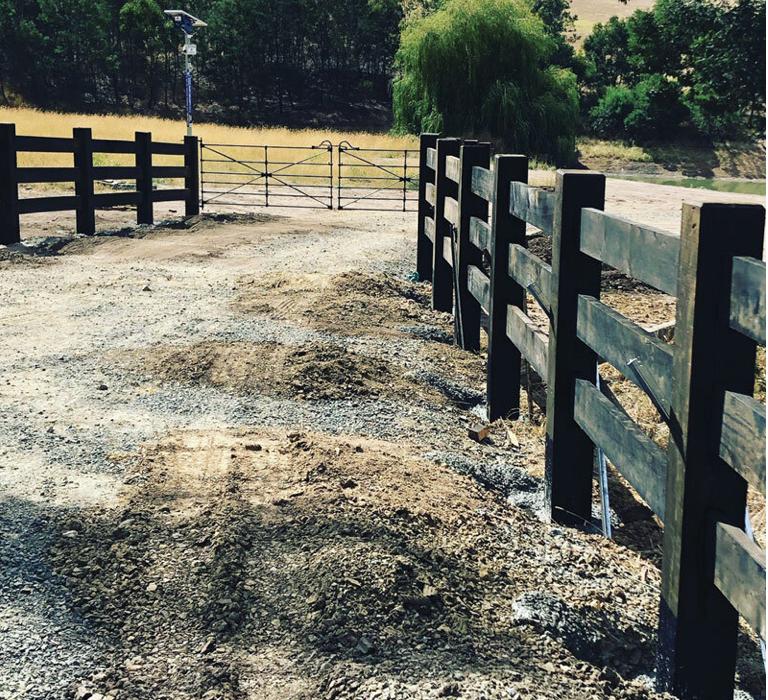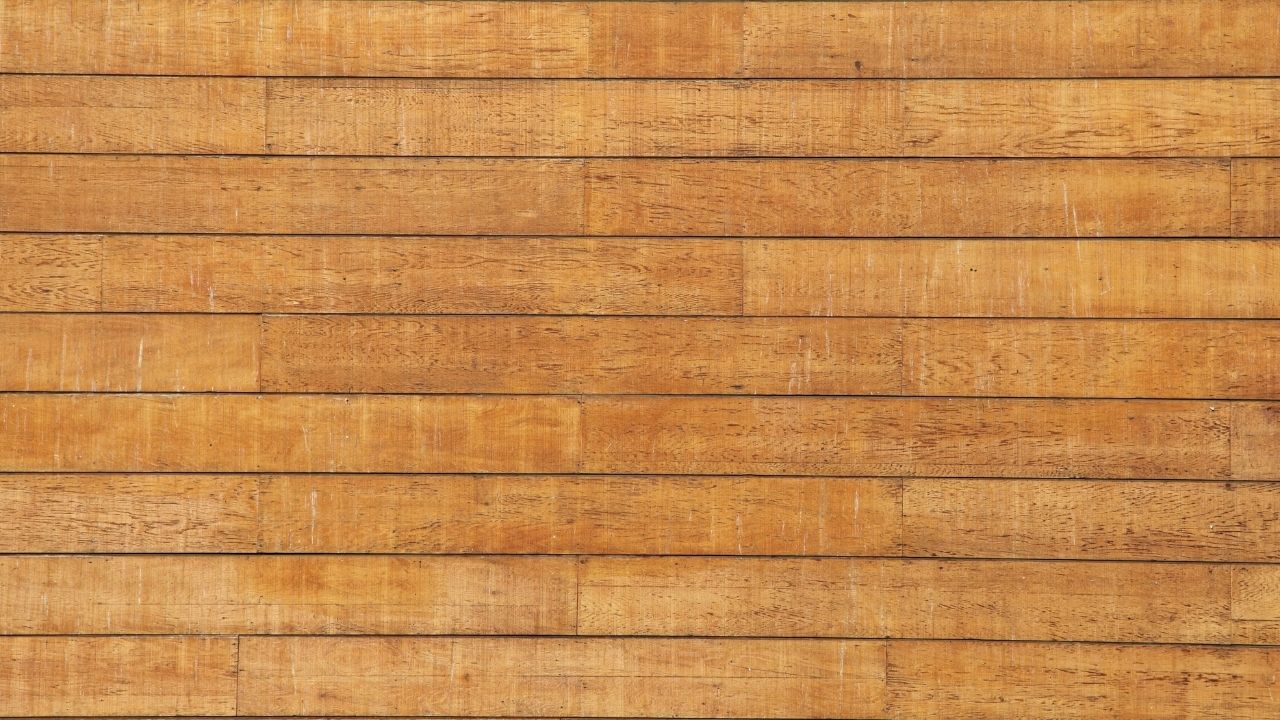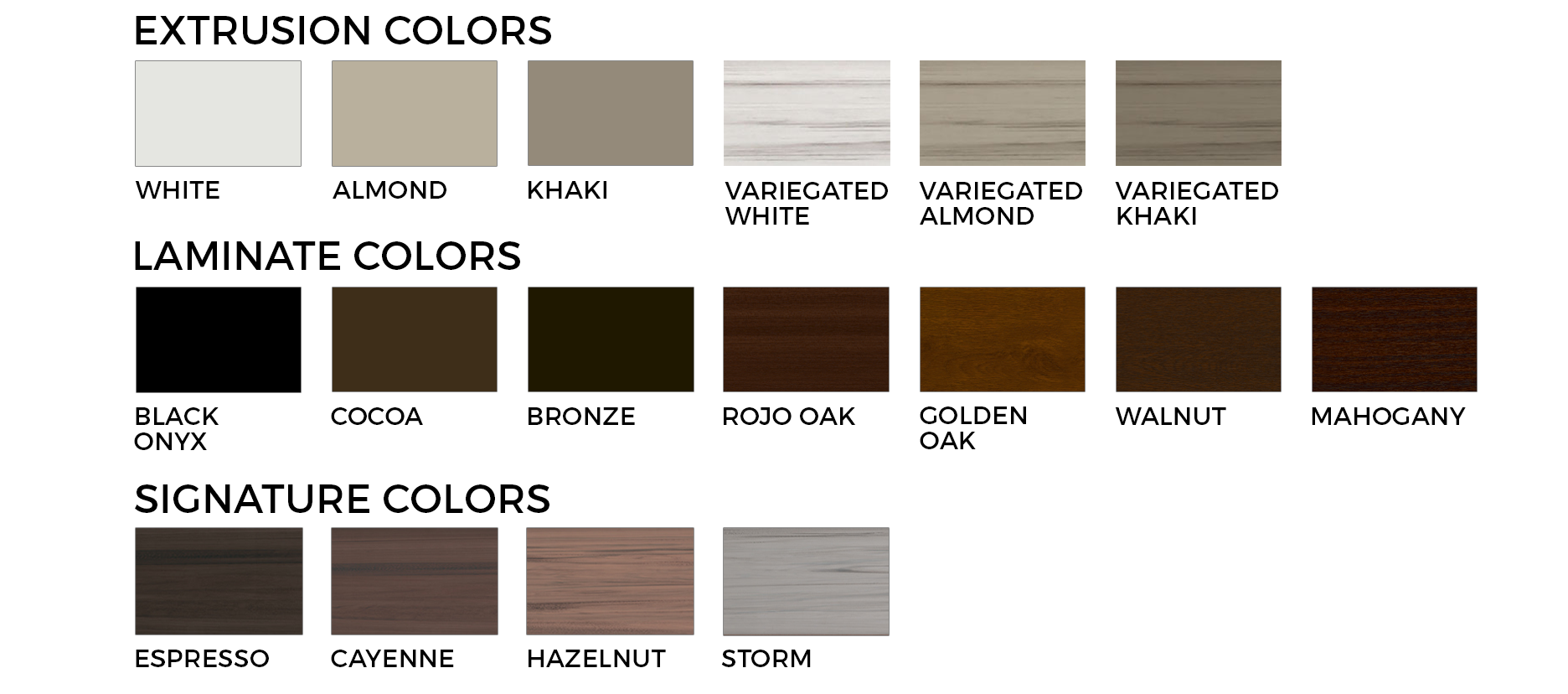
The cost of a picket fencing depends on its material, height, complexity, and price. The cost of a picket fence will depend on whether it is being installed professionally or by the homeowner. You can save money by doing it yourself if the project is too difficult. Wrought iron, which is more expensive than wood for picket fencing projects, is the best choice. Composite panels are middle-of-the-road and can be used as a cost-saving option. Pre-fabricated panels can help you save both time and labor.
The cost of a picket border will depend on how many panels are needed, what style it is, and the difficulty of the location. Most picket fences are made of treated lumber, which is water resistant but can still rot. Picket fences are available in any color, as long as it is stained regularly. The mid-priced option is western red cedar, which is naturally resistant to rot, moisture, and weathering. You can also have a panel custom-made to your specifications.

Installation costs for picket fencing vary depending on the materials used and the complexity of the job. Basic labor will typically cost around $4 per square foot. For an additional fee, wood picket fence panels may be pre-stained or painted. If you want a customized look, you can also get them painted or stained. Wood picket fence panels usually cost about $4 per linear ft. Picket fencing costs around $2,755 to install a six-foot tall fence.
Picket fence installation cost can be anywhere from $3 to 40 per linear feet. Before beginning the project, you should check your local ordinances regarding fencing. Installing a simple fence on public land can get you in trouble. Before you install a fence, it is important to understand the laws. It is impossible to predict the reaction of a neighbor. It is possible that your neighbor will take you to court to get rid of your fence.
The material you use is the most important aspect of a picket fencing. Many wood types are suitable for use in fence installations. Pine is the most widely used. For cheap picket fences, pressure-treated pine can also be used. You also have the option to use cedar or recycled wood fiber for your fence. Wooden fences are inexpensive and simple to install. However, the cost of installation can often be around 30% of the total project.

Cost of the project can also be affected by the height of your fence. A 6-foot pine fencing can be constructed for as little as $1 per picket. A pine fence 8 feet high can cost up to $130 per ft. Because taller fences use more lumber, it can be quite expensive. Thus, the cost of a fence that is higher than average will increase. The cost of the final fence will vary depending on how many pickets are used and how many posts they have.
FAQ
Do I have to renovate my entire house?
Do it yourself - you'll save time and money.
It doesn't matter how much you love DIY, there are times when you simply cannot do it yourself. There could be too many variables to manage.
You might discover that the wiring in your home is not up to date. In this case, you'll need to hire an electrician to ensure that your electrical system works safely and reliably.
Be aware that structural damage might be too costly for you to repair during the renovation.
It is possible that you don't have the right tools or the knowledge to do the job correctly. For instance, if you are planning to install a new kitchen sink, you'll need to buy a special tool called a plumber's snake which is used to clear clogged pipes.
You must also follow plumbing codes to ensure that a licensed plumber is working on your project.
You need to be able to do the job before you take on any large tasks.
Ask for assistance from family and friends who have completed similar tasks before if you are uncertain.
They can offer advice about what to do and where to go for more information.
Which order should you do your home renovations?
It is important to determine where you want to place everything when renovating your house. If you plan to sell your home soon, then you should think about how you would like to present your home to potential buyers. The design of your kitchen and living room should be considered. After you have selected the rooms you wish to renovate you can begin searching for contractors who specialize. Once you have hired contractors, you can start working on your remodeling project.
Do you prefer to do walls or floors first?
It is the best way to begin any project. It is important that you think about how and who you want to use the space. This will help you decide if you should go for flooring or wall coverings.
You may want to lay flooring before you create an open-plan kitchen/living space. You can also choose wall coverings if you want to make the room private.
How do I choose the right contractor?
Ask family and friends for referrals when looking for a contractor. You can also look online for reviews. It is important to confirm that the contractor that you choose has worked in the same area as you. Request references and make sure to verify them.
Is it cheaper to build a new house or remodel an old one?
If you're thinking about building a new home, there are two options for you. A pre-built home is another option. This type home is already constructed and ready for you to move in. Another option is to build a custom home yourself. With this option, you'll need to hire a builder to help you design and build your dream home.
It all depends on how much you spend designing and planning the home. A custom home may require more effort because you'll likely need to do most of the construction work yourself. However, you have more control over what materials you use and where they are placed. So, it might be easier to find a contractor who specializes in building custom homes.
A new home is usually more expensive than a remodeled home. This is because you will have to pay more for the land as well as any improvements that you make to it. Additionally, permits and inspections will be required. On average, the price difference between a new and remodeled home is $10,000-$20,000.
Statistics
- According to the National Association of the Remodeling Industry's 2019 remodeling impact report , realtors estimate that homeowners can recover 59% of the cost of a complete kitchen renovation if they sell their home. (bhg.com)
- It is advisable, however, to have a contingency of 10–20 per cent to allow for the unexpected expenses that can arise when renovating older homes. (realhomes.com)
- On jumbo loans of more than $636,150, you'll be able to borrow up to 80% of the home's completed value. (kiplinger.com)
- Most lenders will lend you up to 75% or 80% of the appraised value of your home, but some will go higher. (kiplinger.com)
- A final payment of, say, 5% to 10% will be due when the space is livable and usable (your contract probably will say "substantial completion"). (kiplinger.com)
External Links
How To
Do you want to renovate your interior or exterior first.
Which one should you do first?
There are many factors to consider when deciding which project to start with. The most common factor when choosing a project is whether it is old or newly built. It is important to assess the condition of the roof and windows as well as the doors, flooring, and electrical system. When the building is new, there are many things to consider such as its location, size, number, style, and so forth.
The roof is the most important thing to inspect if the building is older. You might consider starting the renovation immediately if the roof appears to be in danger. The roof should be in good shape before you move on to the next stage. Next, take a look at the windows. If the windows are dirty or broken, you may need them to be replaced. After that, you can go through all the doors to make sure they are clear of any debris. Then, if everything seems okay, you can begin working on the floors. Be sure to ensure that the flooring is stable and strong so that you can walk on it without slipping. After you have completed these steps, you can move on the walls. You can now examine the walls to check for cracks or damage. If the wall is in good condition, you can move on to the next step. Once the walls have been checked, you can begin to work on the ceiling. The ceiling should be inspected to make sure it can support any weight that you might place on it. If all is well, then you are ready to move on to the next phase of your renovation.
If the building was new, you will want to inspect the exterior. Examine the exterior of the house. Is it clean? Is it free from cracks? Does the exterior look great? You should fix any exterior problems. You don’t want to make your home look bad. Next, you need to inspect the foundation. If your foundation appears weak, you should fix it. Also, be sure to check your driveway. It should be level and smooth. If it's not, then you should fix it. Check the sidewalk as well. It should be replaced if it is uneven.
Once these areas are checked, you should move on to the inside of the house. Begin by inspecting the kitchen. Is it clean and well kept? It should be cleaned up if it's messy. Next, inspect the appliances. They should be in good shape and working properly. If they aren’t in great shape, then either you buy new ones or replace them. You can then inspect the cabinets. You should paint them if they are damaged or stained. If they're in good condition, you can move on to the bathrooms. The toilet should be inspected here. You should replace it if it leaks. If the surface is just dirty, it should be washed. Next, examine all the fixtures. You should make sure they are clean. If they are dirty, then you should definitely clean them. Finally, you should inspect the countertops. You should repaint countertops that are cracked or chipped. You should seal them if they are shiny and smooth.
Last, check the furniture. Check that nothing is damaged or missing. If you find something missing, it's best to fix it. If something is broken, then you should probably repair it. After you've checked everything, it is possible to move outside and complete the job.